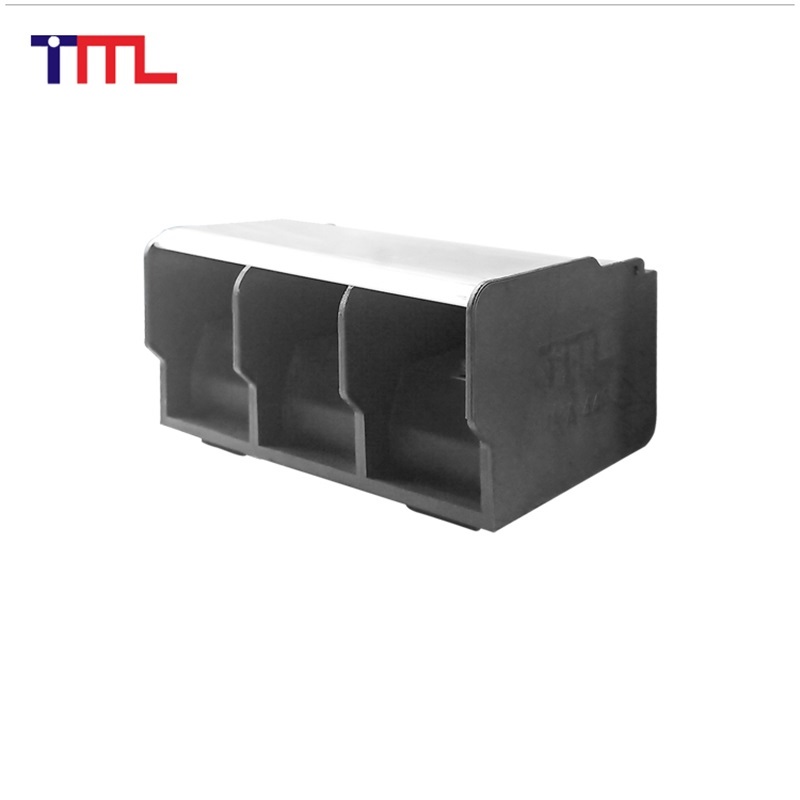With the continuous advancement of computer control, electronics, and materials science, industrial robots have achieved remarkable performance improvements. However, from a practical standpoint, their integration into all industries—especially in developed nations—remains incomplete. This means that the path toward localized alternatives for industrial robots still has a long way to go.
As a vital part of the manufacturing sector, industrial robots are deeply connected to the economic trends shaping this industry. Therefore, any meaningful research on industrial robots must begin with a thorough understanding of their historical development and future direction.
Industrial robots represent a modern form of automated manufacturing equipment, combining advanced technologies such as mechanical engineering, electronics, control systems, computing, sensors, and artificial intelligence. The first industrial robot was introduced in the U.S. in 1962, marking the beginning of a rapid technological evolution that has spanned nearly five decades.
Thanks to progress in computing, electronics, and materials, industrial robots have become essential tools in flexible manufacturing systems, automated factories, and computer-integrated production environments. Their performance has reached a high level, enabling greater efficiency and precision in industrial applications.
Today, the development of industrial robots is moving both deeper and wider, with increasing emphasis on intelligent systems. Their application areas continue to expand—from automotive manufacturing to electronics, and now even into non-industrial sectors like mining, construction, and infrastructure maintenance. This broadening scope reflects the growing versatility of robotic technology.
The U.S. remains active in robotics innovation, while Europe and Japan are leading suppliers, having achieved full autonomy in critical components like sensors, controllers, and precision gearboxes. Yet, despite these achievements, global industrial robots have not yet fully penetrated all industries, even in developed economies.
Meanwhile, sustained economic growth and urbanization, especially the expansion of the internet and mobile internet, have reshaped the consumer market. Consumers now demand more from products—higher functionality, quality, customization, and personalization. This trend places higher demands on the manufacturing process, pushing industrial robots to evolve further.
As labor costs rise and China’s economy transforms, its manufacturing sector is undergoing steady upgrades. “Machine substitution†has become a key trend in recent years. In terms of market size, China has been the world’s largest industrial robot market for many years, accounting for about 30% of global sales and showing consistent growth.
However, China's industrial robot industry still faces challenges, particularly in core components. But change is happening. Chinese manufacturers are accelerating the localization of key parts, such as harmonic reducers. While there may still be some gaps in certain technical parameters compared to Japanese counterparts, domestic alternatives are now available, and their use in industrial robots is already taking shape.
Li Yizhong, former Minister of Industry and Information Technology and President of the China Federation of Industrial Economics, noted that the technological content of Chinese industrial robots has been steadily increasing. Domestic companies have largely mastered the design and manufacturing of industrial robots, along with control system software and hardware, kinematics, and motion planning. They are particularly strong in micro-control and microprocessor technologies.
Overall, China has made significant breakthroughs in key robotic technologies as part of its national strategy. Domestic manufacturers have overcome several challenges in critical components like gearboxes and servo motors, achieving initial localization of controllers and core parts. This trend is becoming more evident, and in the future, Chinese industrial robots will continue to move toward becoming a global leader in the field.
Module Terminal Block
Integrity and caring is the purpose of our service. Affordable, cost-effective, carefully selected materials, quality Seiko. On-demand customization, fast delivery, considerate service, honest cooperation. We have used oil in many physical factories, the manufacturers directly connect with customers, and have many years of industry experience. More high-quality materials to create high-quality products.
We specialize in the production of terminal blocks, there are different types, PCB Terminal Block and Din Rail Terminal Block. You can go to our website to browse. More Spring Terminal is on sale, which can be customized according to your needs. If you are interested, you can consult us. If you need some Terminal Pins or other Terminal Block Accessories, you can also consult us, we support customization and wholesale.
module terminal block,terminal block module,terminal block breakout module
Sichuan Xinlian electronic science and technology Company , https://www.sztmlch.com

![<?echo $_SERVER['SERVER_NAME'];?>](/template/twentyseventeen/skin/images/header.jpg)